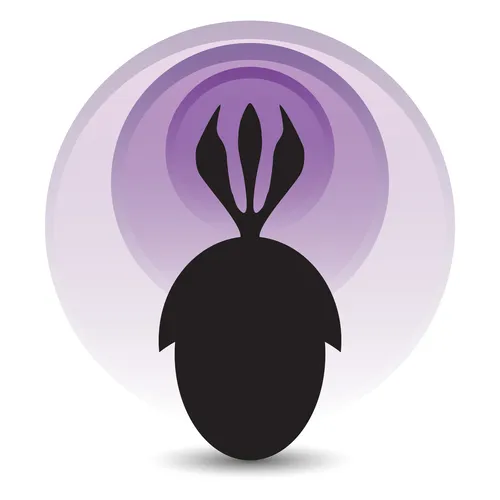
Palaeocast
A free webseries exploring the fossil record and the evolution of life on Earth.
- Update frequency
- every 16 days
- Average duration
- 44 minutes
- Episodes
- 235
- Years Active
- 2012 - 2025

Society of Vertebrate Paleontology 2014 Day 4
Welcome to our coverage of the Society of Vertebrate Paleontology annual conference held this year at the Estrel Hotel, Berlin, between the 5th and 9th November.
We're delighted to be back at t…

Society of Vertebrate Paleontology 2014 Day 3
Welcome to our coverage of the Society of Vertebrate Paleontology annual conference held this year at the Estrel Hotel, Berlin, between the 5th and 9th November.
We're delighted to be back at thi…

Society of Vertebrate Paleontology 2014 Day 2
Welcome to our coverage of the Society of Vertebrate Paleontology annual conference held this year at the Estrel Hotel, Berlin, between the 5th and 9th November.
We're delighted to be back at this …

Society of Vertebrate Paleontology 2014 Day 1
Welcome to our coverage of the Society of Vertebrate Paleontology annual conference held this year at the Estrel Hotel, Berlin, between the 5th and 9th November.
We're delighted to be back at this ev…

Episode 36: Emu Bay Shale
The Emu Bay shale is a Burgess Shale-type lagerstätte from the Early Cambrian of South Australia. We speak to Dr John Paterson, of the University of New England, all about the locality and the fossil…

Episode 35: Ostracods
Ostracods are tiny crustaceans (relatives of shrimps, crabs and water-fleas), distinguished by having a shell that is easily fossilised. As microfossils, by virtue of a long and rich fossil record, o…

IPC4 Day 4
Welcome to the final day of our coverage of the 4th International Palaeontological Congress (IPC4) from Mendoza, Argentina.

IPC4 Day 3
Welcome to the third day of our coverage of the 4th International Palaeontological Congress (IPC4) from Mendoza, Argentina.

IPC4 Day 2
Welcome to the second day of our coverage of the 4th International Palaeontological Congress (IPC4) from Mendoza, Argentina.

IPC4 Day 1
Welcome to our coverage of the 4th International Palaeontological Congress (IPC4) from Mendoza, Argentina. The International Palaeontological Congress is a global meeting devoted to Palaeontology thr…

Episode 34b: Foraminifera and Palaeoclimatology
Planktonic foraminifera are single celled organisms that are highly abundant in modern oceans and a hugely important part of the Earth’s carbon cycle. Each cell builds a hard calcite ‘test’ around it…

Episode 34a: Foraminifera and Palaeoclimatology
Planktonic foraminifera are single celled organisms that are highly abundant in modern oceans and a hugely important part of the Earth's carbon cycle. Each cell builds a hard calcite 'test' around it…

Episode 33: Year 2 Review
We now find ourselves embarking upon our third year, but before we do so, we're going to take a look back at last year and see what we've all been up to.

Episode 32B: Canids
We’re all familiar with canines (dogs, wolves, jackals, foxes, etc), but these are just only one of three sub-families of the larger canid family to survive to the present day. There were also the He…

Episode 32A: Canids
We're all familiar with canines (dogs, wolves, jackals, foxs, etc), but these are just only one of three sub-families of the larger canid family to survive to the present day. There were also the Hes…

Episode 31: Anomalocaridids
Anomalocaridids are iconic Cambrian animals, originally found in the Burgess Shale deposits in Canada. From the Genus Anomalocaris, their name translates as 'strange shrimp' owing to their initial mi…

Episode 30: Palaeoart
The celebrate the launch of 'The Paleoart of Julius Csotonyi' from Titan Books we take a look at the field of palaeoart. In this episode, we're joined by Julius himself and ask how his images are pro…

Episode 29B: Medusae
One of the longest-ranging and outwardly primitive-looking groups of animals on the planet are the Medusozoa. In consisting of around 95% water, it may be surprising to know that there is a fossil re…

Episode 29A: Medusae
One of the longest-ranging and outwardly primitive-looking groups of animals on the planet are the Medusozoa. In consisting of around 95% water, it may be surprising to know that there is a fossil re…

Episode 28: From worms to stars
Echinoderms are characterised by a mineralised skeleton, specialised water vascular system and five-fold symmetry. It is this unusual body plane symmetry that gives the starfish its star-shape. None …